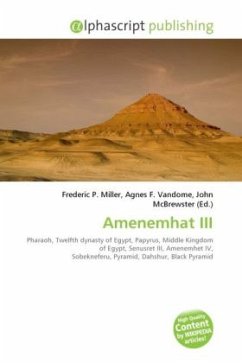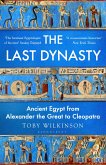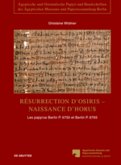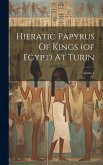High Quality Content by WIKIPEDIA articles! Amenemhat III, also spelled Amenemhet III (c. 1860-1814 BC), was a pharaoh of the Twelfth Dynasty of Egypt. He ruled from ca.1860 BC to ca.1814 BC, the latest known date being found in a papyrus dated to Regnal Year 46, I Akhet 22 of his rule. He is regarded as the greatest monarch of the Middle Kingdom. He may have had a long coregency (of 20 years) with his father, Senusret III. Towards the end of his reign he instituted a coregency with his successor Amenemhet IV, as recorded in a now damaged rock inscription at Konosso in Nubia, which equates Year 1 of Amenemhet IV to either Year 46, 47 or 48 of his reign. His daughter, Sobekneferu, later succeeded Amenemhat IV, as the last ruler of the 12th Dynasty. Amenemhat III's throne name, Nimaatre, means "Belonging to the Justice of Re." He built a first pyramid at Dahshur (the so-called "Black Pyramid") but there were building problems and this was abandoned. Around Year 15 of his reign the king decided to build a new pyramid at Hawara. The pyramid at Dahshur was used as burial ground for several royal women.
Bitte wählen Sie Ihr Anliegen aus.
Rechnungen
Retourenschein anfordern
Bestellstatus
Storno







![Description Of The Papyrus Of Nas-khem [with An Engl. Tr. Of The Text] By S. Birch Description Of The Papyrus Of Nas-khem [with An Engl. Tr. Of The Text] By S. Birch](https://bilder.buecher.de/produkte/71/71717/71717799m.jpg)
